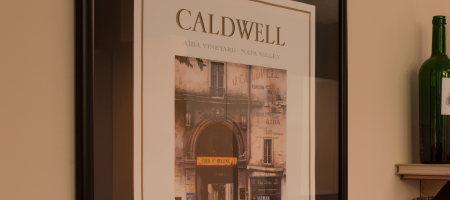
Copyright
Copyright: The exclusive legal right to reproduce, perform and sell the matter and form of literary, musical or artistic work. The purpose of copyright is to promote literary and artistic creativity by protecting, for a limited time, what the U.S. Constitution calls the writings of authors.
Copyrightable works include:
- literary, musical and dramatic works
- choreographic and pantomime works
- pictorial, graphic and sculptural works
- sound recordings
- motion pictures and other audiovisual works
- computer programs
- compilations of works and derivative works
- architectural works
Copyright comprises the five exclusive rights to:
(a) reproduce
(b) distribute
(c) publicly display
(d) publicly perform
(e) prepare derivative works
Copyright Protection
Step 1: The moment you have created and fixed a work in a tangible form, such as writing it down or recording it on tape, it automatically enjoys federal copyright protection. Works that are not fixed, such as extemporaneous speeches or un-recorded live performances, are not covered by federal statute but may be protected by state law.
Step 2: Affix a copyright notice to all publicly distributed copies of a work in a manner and location legible to an ordinary user of the work. While copyright notice is no longer required for U.S. copyright protection, notice is recommended to prevent others from claiming they did not know the work was copyrighted. The copyright notice should contain three elements:
- the symbol ©, or the word copyright, or the abbreviation copr. (for sound recordings use the circle P symbol);
- the first year of publication; and
- the name of the owner of the copyright, a recognizable abbreviation of the name, or a generally known alternative designation of the owner.
Step 3: In order to preserve certain advantages provided under federal statute, within three months after the work is first published, submit an application to the Copyright Office along with two complete copies of the best edition of the work and pay the requisite filing fee.
Why file for copyright registration?
Even though it is not required, the advantages of registering with the Copyright Office include:
- establishing a public record of your copyright ownership;
- registration is a prerequisite for filing an infringement action (except for works originating in another country that is a signatory to the Berne Convention);
- if done within three months of publication or before the infringement occurs, registration allows for recovery of attorneys’ fees and statutory damages in an infringement action;
- if done within five years of publication, registration is prima facie evidence of the validity of the copyright; and
- you can record your registration with U.S. Customs in order to protect against infringing imports.
How long does a copyright last?
For a work created on or after January 1, 1978, the copyright lasts for the author’s lifetime plus seventy years. The copyright in a work made for hire (generally, a work prepared by an employee within the scope of his or her employment) or in an anonymous work lasts for ninety-five years from the date of first publication or one hundred twenty years from the date the work was created, whichever is shorter.
Copyright Restoration for certain foreign works:
Under the GATT Treaty, U.S. copyright protection is restored to some foreign works which had lost protection in the U.S. for failure to comply with formalities previously imposed by U.S. copyright law. Reliance parties, those who have copied these works before their copyright was restored, will have a grace period to stop, or obtain a license for, their copying before becoming liable for infringement.
Who owns a copyright?
The individual or joint authors of a work own the copyright. In the case of a work made for hire, the employer or party commissioning a work is deemed to be the author.
Are copyrights transferable?
Yes. A copyright is divisible, and the five rights comprising copyright may be sold or assigned. All transfers must be in writing and signed by the copyright owner. Rights in a copyright work can be licensed, in whole or in part.
What is copyright infringement?
Copyright infringement is the unauthorized use or copying of a work. Some copying does not constitute copyright infringement, e.g., the copying of a basic idea, rather than the expression of that idea in a copyrighted work, the independent creation of a similar work, or “fair use” of the work for comment, criticism or research.
International copyright protection:
First publication anywhere in the world of a literary or artistic work may affect its copyright status elsewhere. Therefore, international treaties are particularly important in the copyright field. Many commercially important countries, including the U.S., have ratified the Universal Copyright Convention, and are members of the Berne Convention for the Protection of Literary and Artistic Works. Both conventions protect works created in one nation against copyright infringement in other member nations.
Semiconductor chip protection:
A separate federal law gives the owner of a mask work (a set of images or templates used to design and manufacture a semiconductor chip) the exclusive right to reproduce it and to import and distribute chips embodying it. The protection starts when you register the mask work in the Copyright Office or you first commercially exploit the mask work anywhere, whichever is earlier. The protection continues for ten years, but only if you register within two years of the first commercial exploitation.